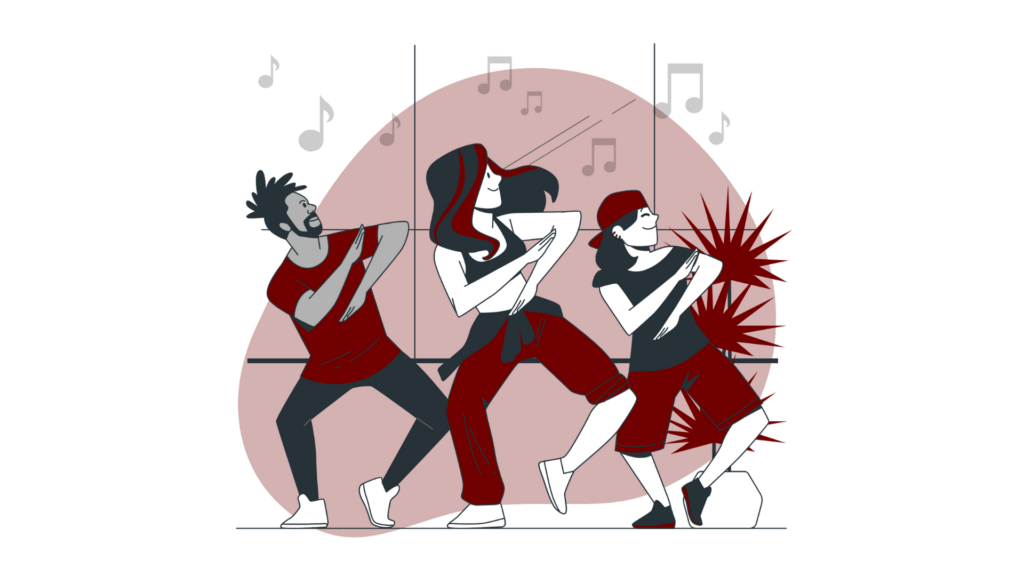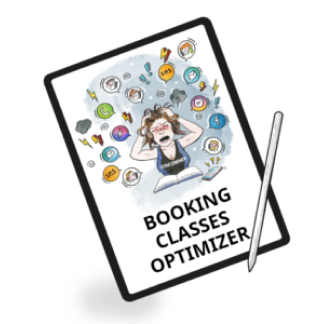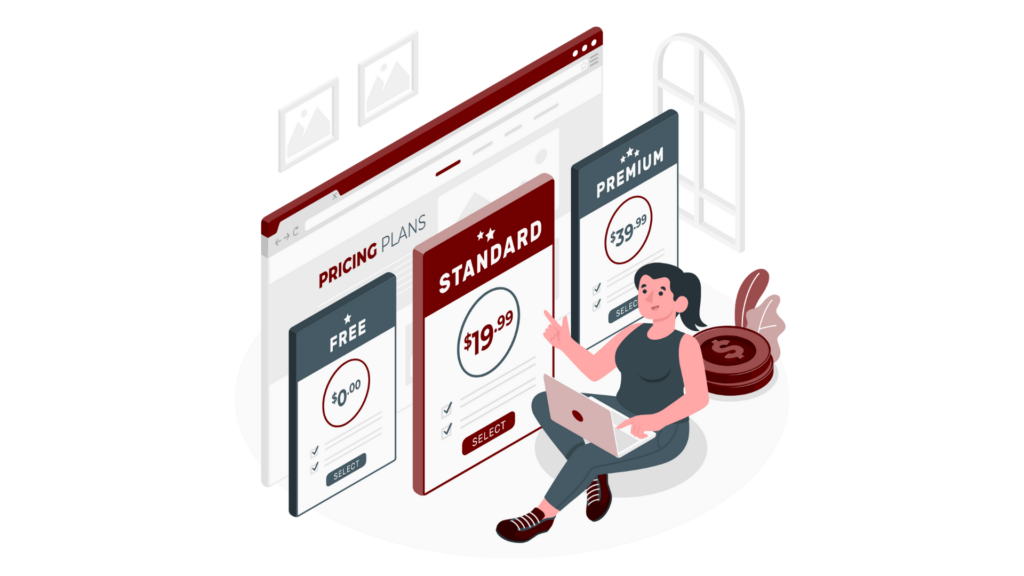Are you planning to open your own dance studio? Are you wondering about the costs of having your personal brand or franchise? What about buying all the necessary dance equipment, marketing costs, dance studio software and other expenditures?
What to start with? Here’s the detailed budget, hints and printable helpful materials.
How Much Does a New Dance Studio Cost?
The total cost of opening a new dance studio can range from $50,000 to $200,000 or more, depending on the specific needs and goals of the business.
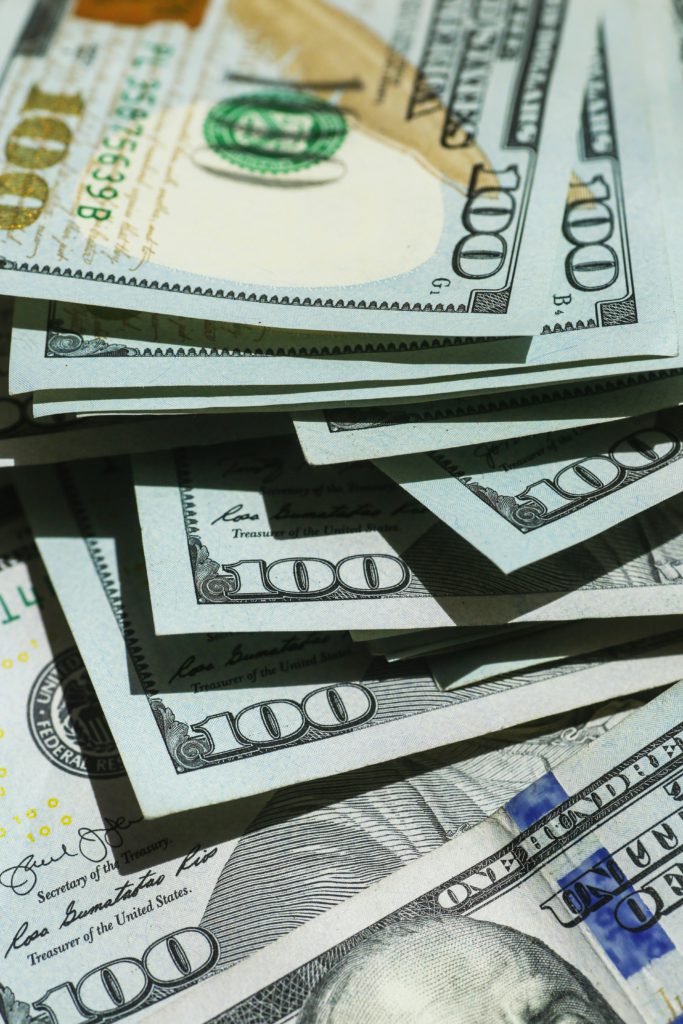
If you have a ‘go big or go home’ attitude, you probably want to have:
- a space in excess of 1700 square feet,
- additional dance equipment and accessories
- the premises stylishly decorated
- a super useful dance school software with features like: custom branded fitness app, gym CRM module, gym payment systems, gym reporting and many others
- an exceptional member experience in your offer
According to the Center for Educator Development in Fine Arts (CEDFA), your dance studio size must be able to accommodate 100 square feet per student. If the studio also serves as a performance space, it should be at least 4,800-5,000 square feet.
If you are that ambitious, be prepared for the costs in the $ 200,000 – $ 300,000 range.
15 Main costs when opening a dance studio
Experienced dance studio owners list these items as the most important ones you will need to consider when entering the dance industry. Factor them into your budget when planning dance studio startup costs:
- Construction or renovation costs
- Building official documentation and local government acceptance costs
- Cost of lease
- Rental costs
- Utilities: bonds and connecting
- Photography, banners, neons, etc.
- Dance equipment and accessories
- Dance costumes
- Music licensing fees
- Computers, reception equipment, office supplies, sound system
- Dance Studio Software
- Legal, accounting costs
- Property insurance, liability insurance
- Marketing costs: branding and graphic design, printing promotional materials
- Website development
- Specialists who create a fitness app
- Staff recruitment, training & wages
- Uniforms (if planned)
- Pre-launch marketing campaigns and staff costs
1. Dance school brand
Decide whether you want to operate under your own brand or open a franchise. Having your own business with a dance studio name (read more about gym name ideas) that you came up with is very rewarding. However, remember that it takes about 2 years for your brand to hope for a long term success.
Visual identification created from the beginning is another additional cost. If you are starting to implement a completely new idea, it will also cost you to create a good financial plan (as a part of a dance studio business plan).
Initial franchise fee
Consider opening a franchise branch if it is important for you to have ready-made and proven solutions. The initial investment typically ranges here from $223,250 to $454,500.

2. Creating a dance studio business plan
How to start a dance studio? First, only in your head and on paper! Don’t get surprised by the costs and create a dance studio business plan to be prepared for both good and bad scenarios.
Creating a successful dance studio is not possible without a detailed financial and organizational plan. This way you’ll predict monthly expenses, assume how many students you’ll have and make other proper planning. you can compare your place to other studios, learning from their mistakes and good decisions.
The cost of preparing a business plan for a dance studio can vary depending on several factors such as:
- the complexity of the plan,
- whether you hire a professional BP writer or consultant,
- the extent of research,
- market analysis required.
On average, you might expect to pay anywhere from a few hundred to a few thousand dollars for a comprehensive business plan tailored to a fitness studio. This cost may include research, market analysis, financial plan and projections, and writing services.
However, it’s also possible to create a basic BP on your own using free or low-cost resources available online. Templates and guides provided by organizations like the Small Business Administration (SBA) or SCORE can help you outline your business strategy without incurring significant expenses.
Remember!
Although it’s possible, do not outsource writing a business plan to external companies. This will be your business, your life and your work! It is better to ask an experienced dance instructor or an external company but only as a consultant for the ideas.
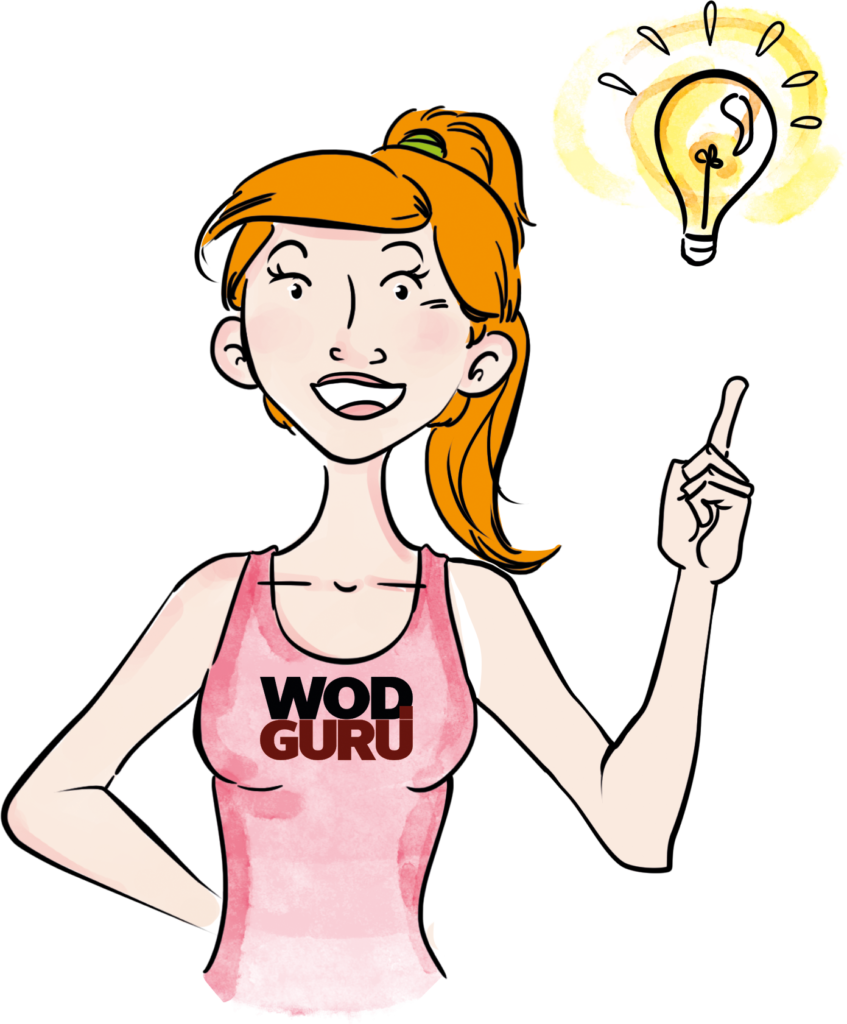
3. Choosing the right location
Locating a dance studio in a densely populated area with a target demographic can increase visibility and potential client base, but on the other hand it results in higher rental expenses.
Rental costs for dance studio space vary widely by location, with urban areas commanding higher rents. On average, studio rental expenses can range from $1,000 to $5,000 per month. (Source: Dance Magazine)
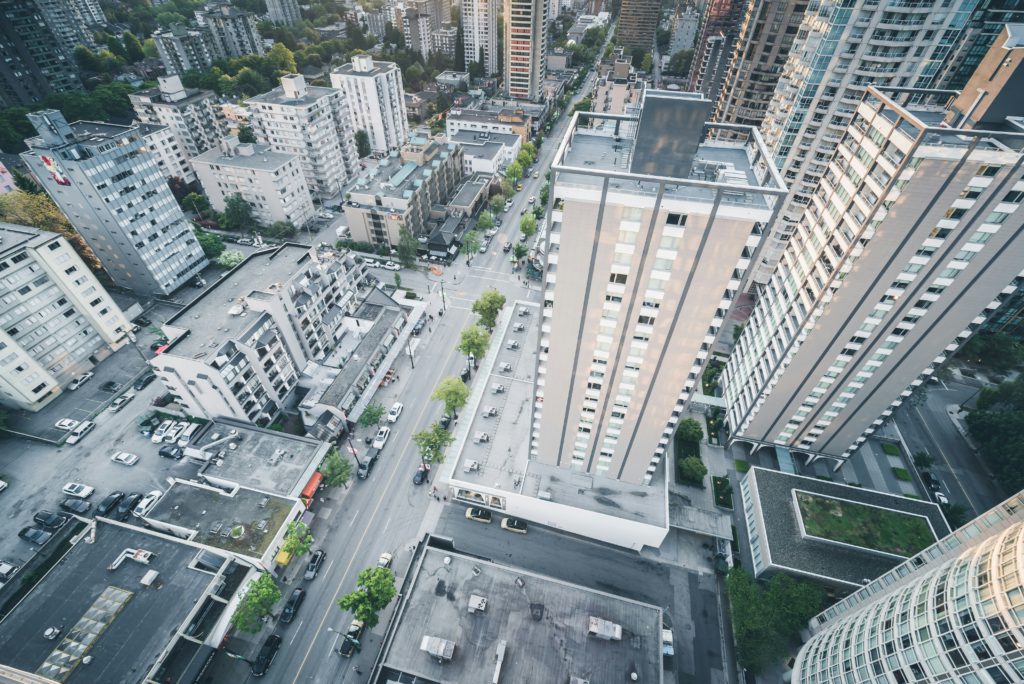
Access to public transportation can enhance accessibility for clients and instructors, potentially mitigating the need for extensive parking facilities.
4. Building/ Renovation /Adapting
The biggest cost would be to build the entire studio from scratch as a new building. Most often, however, it is possible to find large rooms or an entire floor suitable for dance classes.
These rooms can be purchased or rented long-term. Your initial cost will then be the renovation and the first installment of rent or mortgage payments.
Try to minimize renovation costs by:
- working with the team along,
- buying materials of good quality but not the most expensive ones, etc.
- buying equipment such as barre at second-hand shops, sales or used items
Renovation and Build-Out Costs:
Renovating or adapting a space for use as a dance studio can cost anywhere from $5,000 to $50,000, depending on the extent of renovations required and the condition of the space. (Source: Dance Teacher Magazine)
5. Dance Equipment
By investing in quality equipment tailored to the needs of your dance school, you can create a conducive learning environment that fosters growth, creativity, and enjoyment for your students.
Here’s a list of essential equipment to consider:
- Mirrors: Large mirrors installed on one or more walls to allow students to observe their form and technique while dancing. Read more about gym mirror ideas.
- Dance Flooring: Choose appropriate flooring designed for dance, such as Marley or hardwood floors, to provide the right amount of slip resistance and shock absorption.
- Barres: Fixed or portable ballet barres for students to practice and improve their balance, flexibility, and technique.
- Sound System: A quality sound system with speakers and audio equipment to play music for classes and rehearsals.
- Mats: Provide thick and thin mats for stretching, floor exercises, and to cushion landings during jumps and turns.
- Props: Depending on the style of dance offered, you’ll need props such as ribbons, scarves, tambourines, fans, shawls, small instruments (like castanets).
- Instructor Supplies: Provide teaching aids such as whiteboards, markers, and instructional paper materials to assist instructors during classes.
- Costumes: Buy and store outfits for performances and recitals.
Equipment Costs:
Purchasing dance equipment, such as mirrors, flooring, and sound systems, can range from $5,000 to $20,000, depending on the quality and quantity of equipment needed. (Source: Dance Advantage)
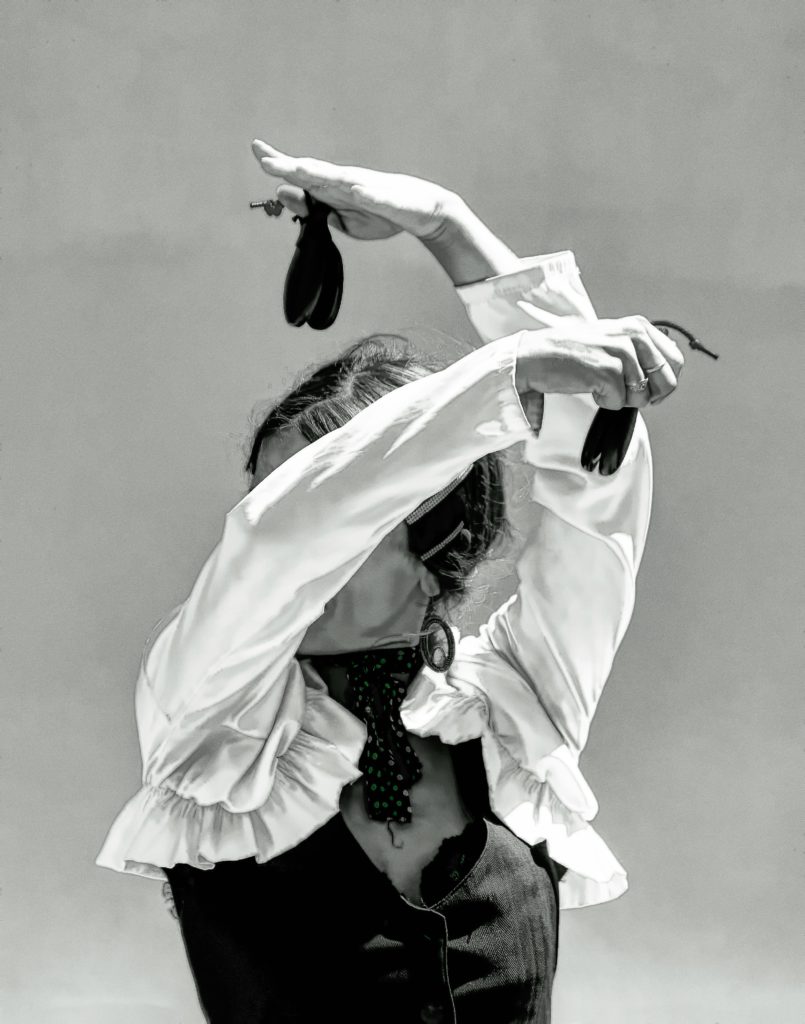
6. Dance Studio Furniture
Here is a breakdown of furniture approximate costs:
- Reception desk and chairs: $ 1,000
- Portable dance benches can range from $50 to $200 each. These benches are lightweight and easy to move.
- Wall-mounted benches cost anywhere from $100 to $500 each, ideal for maximizing space in smaller studios and providing permanent seating options for students.
7. Dance Instructors and Other Important People
For your dance studio you need to hire not only instructors, but also front desk staff, and cleaning service.
Staffing costs, including salaries for dance instructors, administrative staff, and cleaners, can range from $20,000 to $100,000 per year, depending on the size of the studio and the number of employees hired.
- The hiring process: Job vacancy advertisement can cost $0.10 to $5 per click.
- Dance instructors can earn different amounts of money, widely based on experience, expertise, and location, varying from $20 to $100 or more per class session.
- Cleaners earn on average $15.76 per hour.
- Front desk staff: $23.15 per hour.
- If you want to cut down on staff costs, implement Dance Studio Software, which saves time and money. Approximately 30 minutes per gym member per month!
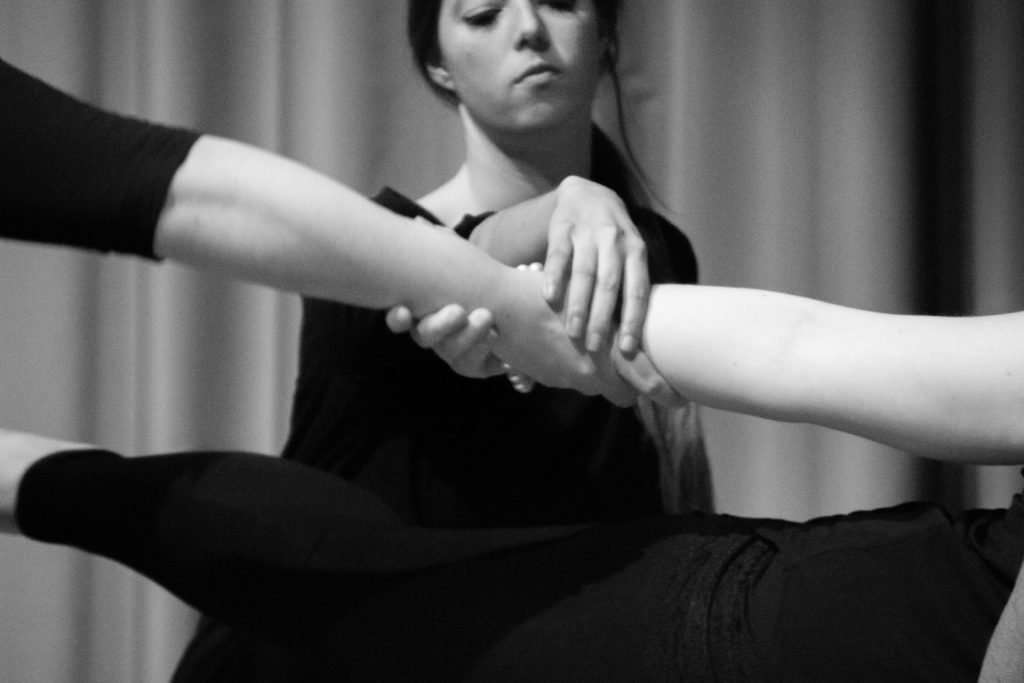
8. Dance Studio Software
Take your load off with intuitive, efficient, and affordable dance studio management software. All-in-one dance studio software consist of many useful features, helping conduct schools and studios:
- task automation
- gym billing software
- dedicated mobile app
- website integration
- gym marketing software
- gym CRM
- and others
WodGuru is the most frequently recommended software for dance studios and dance instructors.
Try this affordable Dance school management software with many useful features and amazing customer support!
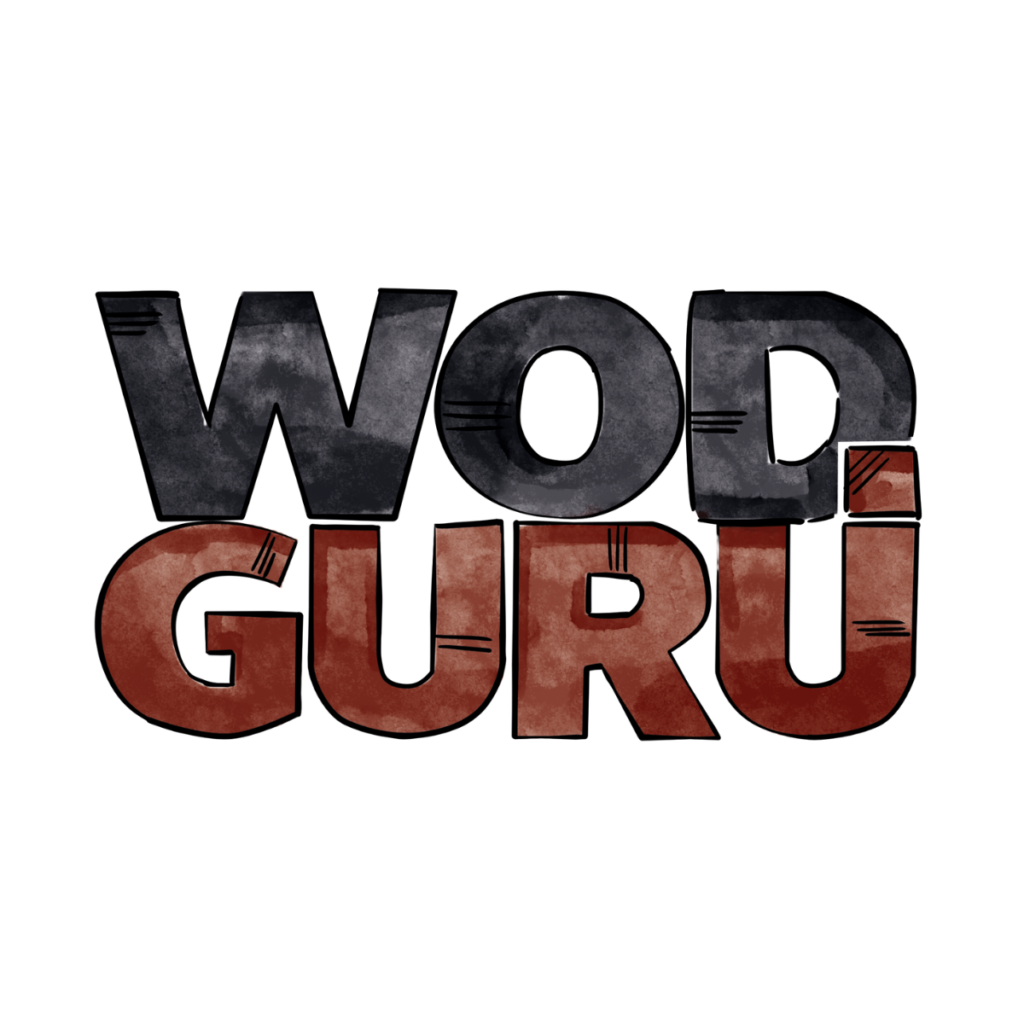
9. Taxes
To your start up costs you have to add taxes.
- Business taxes: Structured differently than personal taxes, based on your location.
- Employee withholding: You are responsible for your employees’ paychecks.
- Sales tax: If you sell merchandise, you will have to pay from 2.9% to 7.5% depending on the state and laws.
Most cities and states will require you to pay registration fees when you start a dance studio. For example, in New York City, the registration fees for a dance studio cost between $250-$500, and you’ll also need to get a Department of Consumer Affairs Registering Business Certificate for 50 $.
10. Insurance, Accounting
The cost of accounting and insurance for a dance studio can vary depending on:
- location of the studio,
- its size,
- the specific services offered,
- the number of employees,
- the level of coverage desired.
For accounting services, you might expect to pay anywhere from a few hundred to a few thousand dollars per year, depending on whether you hire a bookkeeper, accountant, or CPA, and the complexity of your financial situation.
As for insurance, dance studios typically need a combination of liability insurance, property insurance, and possibly other types of coverage such as workers’ compensation insurance.
On average, you might expect to pay anywhere from a few hundred to a few thousand dollars per year for insurance coverage. It’s best to consult with insurance providers and accountants who specialize in serving businesses in the fitness industry to get accurate quotes based on your specific situation.
Legal and Insurance Costs:
Legal fees for establishing the studio as a legal entity, obtaining permits, and securing insurance coverage can range from $1,000 to $10,000, depending on location and specific business needs.
11. Maintenance
- Cleaning Services: Hiring professionals can cost $25-$75/hour, essential for meeting health standards.
- Cleaning Supplies: Annual costs range from $500-$1,000 for essential supplies like disinfectants and mops.
- Repairs and Upkeep: Budget for routine maintenance of studio infrastructure to avoid larger future expenses; costs vary based on usage.
12. Clean and Safe Dance Studio
Your priority should be the safety and well-being of the students and those who teach. You have to keep each square foot of your dance studio clean and safe.
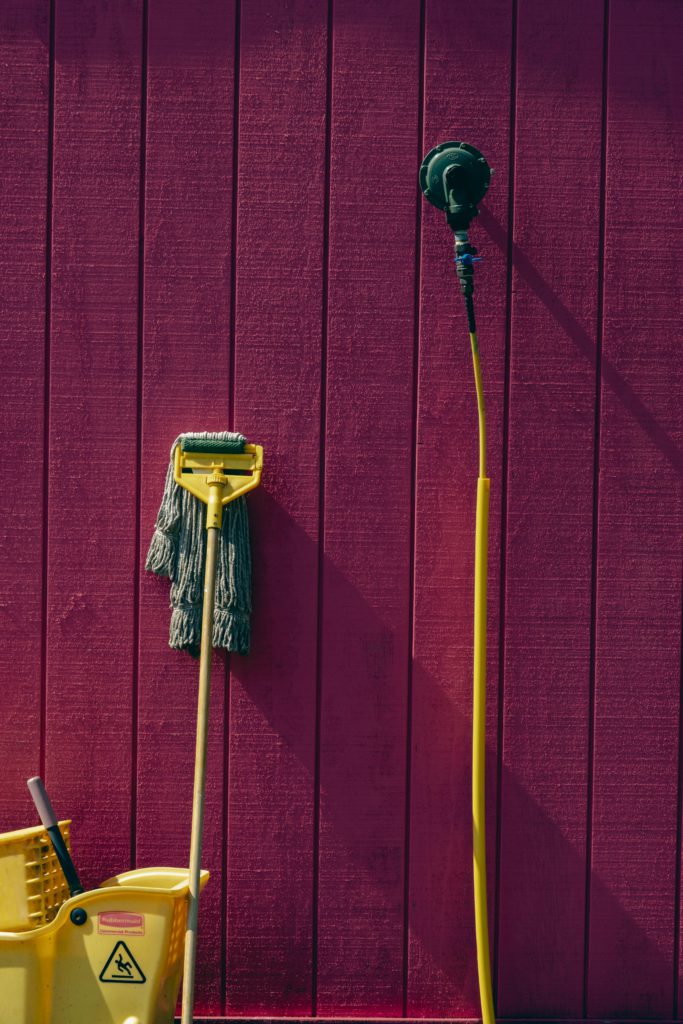
Examples of items you will need to buy:
- Cleaning supplies: $50 to $200 per month.
- Air purifiers: $100 to $800 each.
- Mat cleaning: Manual sprays and wipes may cost $30 to $100 monthly, automated mat washer systems can range from $500 to $2000.
- Fire extinguisher: $20 to $100 each.
- First aid kits: $30 to $100.
- Smoke alarms and carbon monoxide detectors: $10 to $50 for smoke alarms; $20 to $50 for carbon monoxide detectors.
- Emergency lighting and exit signs: $20 to $200 per fixture.
13. Initial Costs of Printed Materials
Marketing costs can vary depending on the scale of your promotional efforts. For local advertising and traditional marketing materials like leaflets, banners, and neon signs, expenses typically include design, printing, and installation costs.
- Leaflets: The cost of designing and printing leaflets can range from a few hundred to a few thousand dollars, depending on the quality, quantity, and complexity of the design.
- Banners: Large banners for outdoor or indoor advertising may cost anywhere from a hundred to a few hundred dollars each, depending on size and material.
- Neon signs: Neon signs can be more expensive, ranging from several hundred to several thousand dollars, depending on size, complexity, and whether they are custom-made.
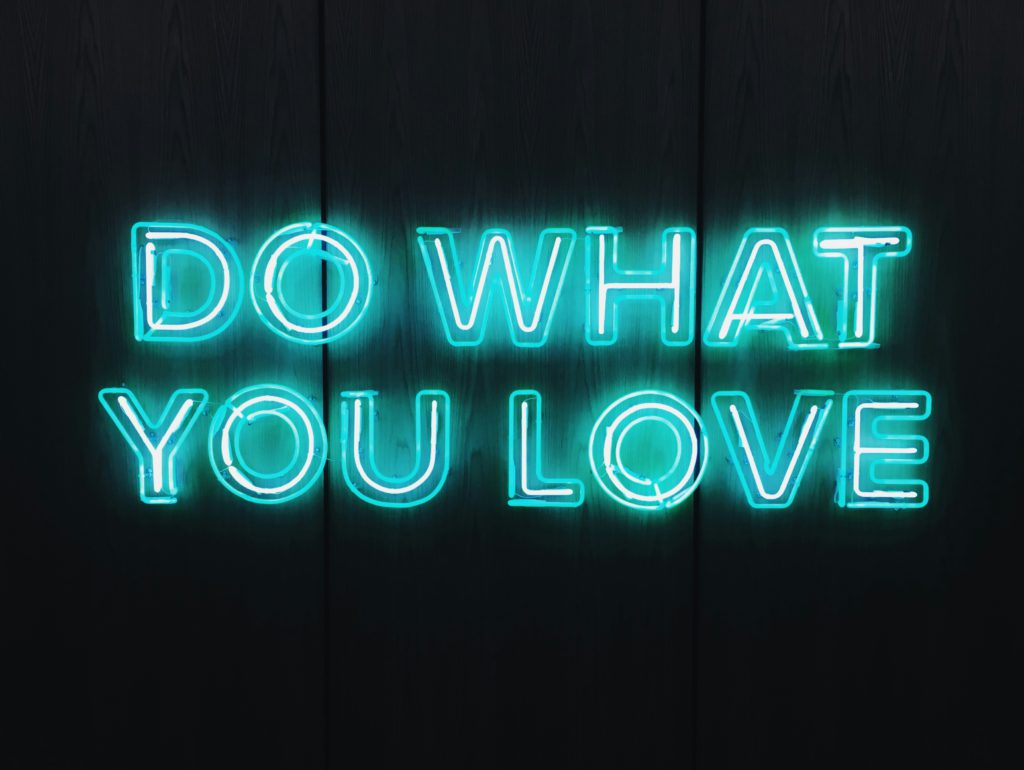
Marketing Expenses:
Marketing costs for promoting the dance studio can range from $500 to $5,000 per month, depending on the marketing strategies employed, such as digital advertising, print materials, and social media campaigns.
14. Other Initial Marketing Costs
- Buzz Marketing: This involves creating excitement and anticipation through word-of-mouth, community involvement, and influencer partnerships. Costs may include hosting free introductory sessions, community events, collaborating with local businesses for cross-promotion, and organizing special events to generate buzz.
- Social Media: Utilizing social media platforms like Facebook, Instagram, and Twitter can be cost-effective for reaching potential clients. Expenses might include content creation, advertising, and influencer collaborations to increase visibility and engagement.
- First-Week Promotions: Offering special promotions during the first week can incentivize people to try out your studio. Costs may include discounted class packages, referral incentives, and promotional materials to spread the word about the offer. You can cut these costs by performing activities yourself as the business owner.
- Grand Opening Event: Hosting a grand opening event can attract attention and create a sense of excitement in the community. Expenses might include venue rental, catering, entertainment, and promotional materials like banners, flyers, and signage.

15. Create a Legal Entity and Check for Certificates
Paperwork may not be the most thrilling action… Yet, it’s a necessary step before diving into the more stimulating aspects of launching a dance studio.
Depending on your location, acquiring the appropriate permits to operate the studio may be required. Ensure compliance by consulting resources like the Small Business Administration (SBA) website for detailed guidelines tailored to your state.
Generally, there are various legal structures available, each with its advantages and considerations. Choose the one that aligns best with your objectives and resources. For example, according to the classes offered: if you are a big or small dance studio, give private classes, multiple classes, etc.
Unlike yoga, where classes can often be conducted remotely, dance typically requires students to attend sessions in person due to the necessity of specialized equipment. Therefore, it’s prudent to establish a legal entity to shield yourself from potential legal liabilities and lawsuits.
Overall costs of establishing a dance studio
Initial startup costs
can range from $10,000 to $50,000 or more. This includes expenses such as leasing or purchasing space, renovating or adapting the space for dance use, and obtaining necessary permits and licenses.
Download a table in which you enter your real costs for each category. You can use the table when writing your detailed business plan. You can also check if your idea can transform into a successful business.
You can be sure that you won’t miss any important purchases. Why? Thanks to the detailed design of the table by our marketing specialists from WodGuru.
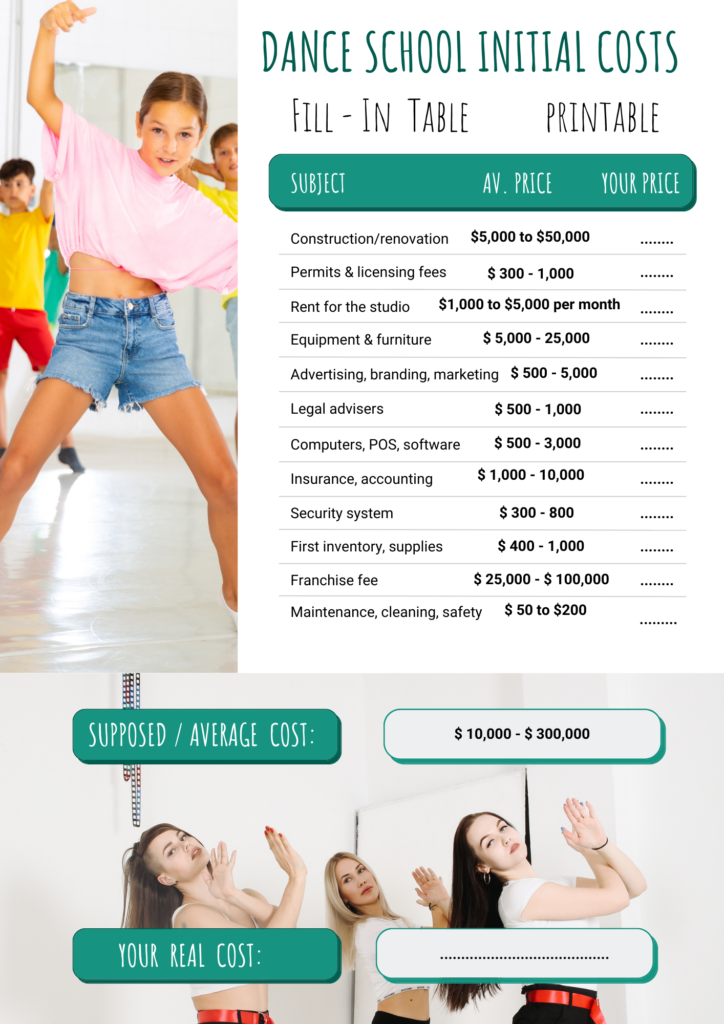
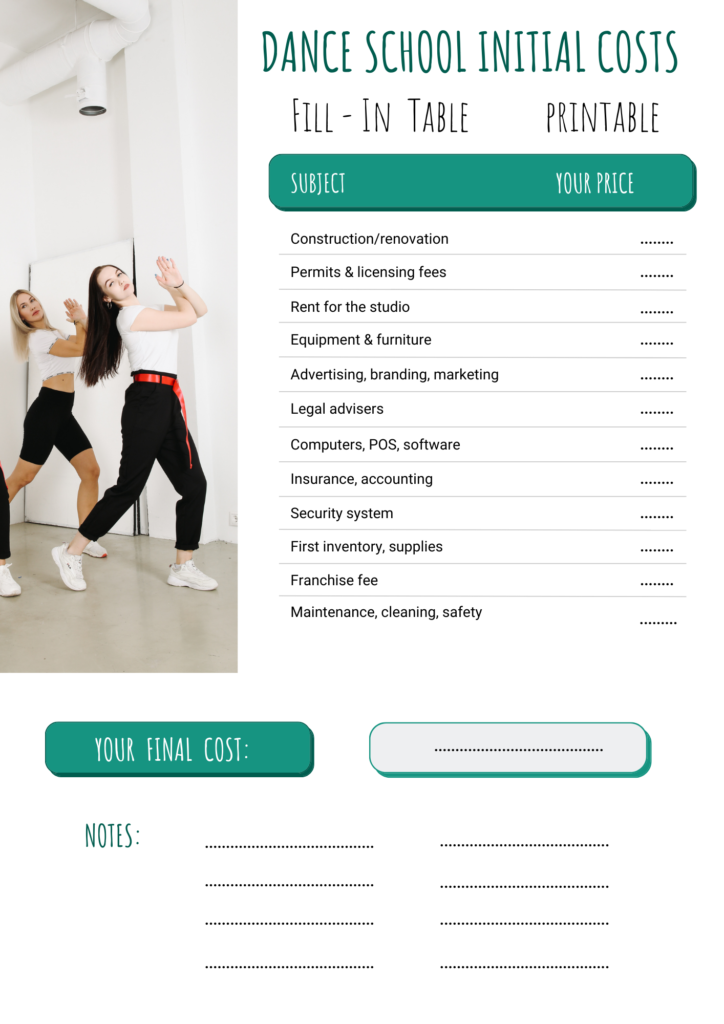
Downloadable sheet here
Dance Studio Owner Earnings?
How much do dance studio owners make? According to Salary.com, the salary range for a Dance Studio Owner job is from $28,400 to $31,087 per year in the United States. The average profit for our industry is 7.6%. That means only roughly 7 cents of every dollar made in a dance studio counts as profit.
However, the sector is quite varied, ranging from small businesses to larger establishments.

Final Thoughts
1. Invest Wisely: Opening a dance studio requires careful financial planning and investment. From leasing space to purchasing equipment and hiring staff, every expense must be considered to ensure the success of your venture.
2. Consider Your Brand: Whether you choose to operate under your own brand or open a franchise, branding and marketing play a crucial role in attracting clients and establishing your studio’s identity in the market.
3. Many Groups of Important Costs: take them into account to avoid surprises:
- building or renovation of premises
- dance equipment
- accessories and furniture
- staff remuneration
- school management software
- marketing costs
- maintenance
- legal costs
- and others
4. Invest in Dance School Management Software. It will save you a lot of time and money.
5. Staffing Costs Add Up: Don’t overlook the costs of hiring and training staff, including dance instructors, administrative personnel, and cleaning services. Factor these expenses into your budget to ensure smooth operations.
6. Marketing is Key: Allocate resources for marketing and promotion to attract clients and generate buzz around your studio. From digital advertising to grand opening events, effective marketing can help you reach your target audience and grow your business.
FAQs
How much money do I need to open a dance studio?
It all depends on various considerations such as the brand of equipment you intend to purchase, the location you’re targeting, and whether you plan to handle all teaching responsibilities or hire instructors. Conducting thorough research is essential; this includes assessing rental prices, determining equipment and insurance costs. If you’re embarking on starting your own business, it’s crucial to undertake this groundwork and develop a detailed business plan.
How do I open a new dance school?
Write a solid business plan which will help you assess the risks and chances. Concentrate especially on the financial aspects. Dance studio owners are usually creative artists, so it won’t be a problem for you to think about special elements of your offer, like birthday parties or dancing holidays.
When you already know what your studio will look like, search for a proper place, renovate or buy it, hire dance instructors, create and distribute marketing materials. And start teaching!
How profitable is a dance studio?
As reported by Salary.com, the annual salary range for a Dance Studio Owner in the United States falls between $28,400 and $31,087. Within our industry, the average profit margin stands at 7.6%. This implies that approximately only 7 cents of every dollar earned in a dance studio translates into profit.
Nevertheless, it’s important to note the diverse nature of the sector, encompassing both small-scale enterprises and larger establishments.
How much to buy a dance franchise?
To buy a dance franchise:
1. Research different franchises.
2. Contact franchisors for info.
3. Review the Franchise Disclosure Document.
4. Secure financing.
5. Visit existing locations.
6. Sign the franchise agreement.
7. Receive training and set up.
8. Launch your studio.

